When it comes to choosing or designing your jewelry, there are a variety of metals you can opt for. Whether you like the allure of platinum or the range of options with the classic gold, you will find a number of stylish pieces to love. Explore our precious metal guide to learn about each type and choose which one you value most.
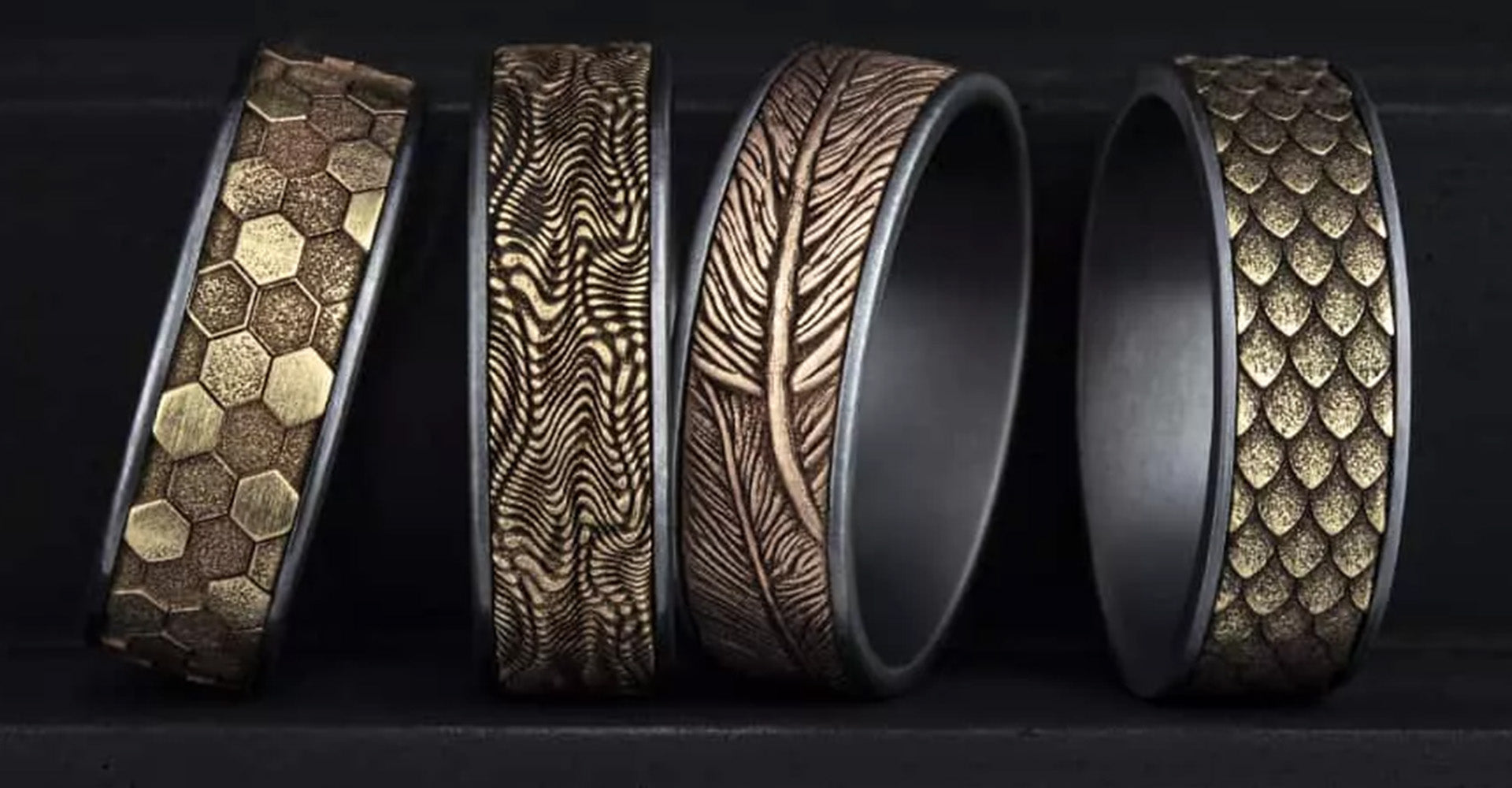
Metal Guide
Facts About Precious Metals

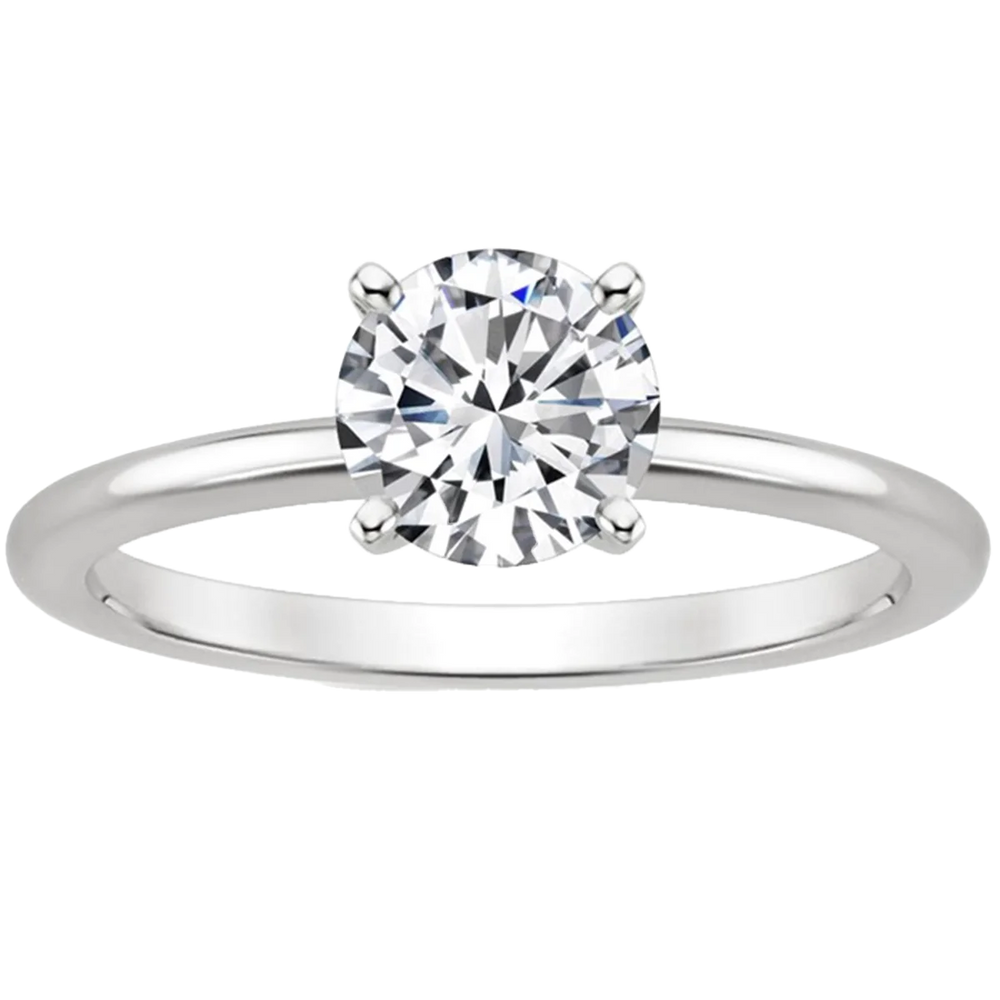
Platinum
Platinum is popular for its durability, luster and inability to tarnish. It’s also the heaviest of all the precious metals weighing approximately twice as much as karat gold. And, it’s hypoallergenic making it the ideal choice for those with sensitivities to alloys used in gold.
Gold
Gold is mixed with alloys like copper, silver, nickel, and zinc to give different colors, strength, and durability. Gold's purity is measured in karats, which indicate out of 24 parts how many parts are gold. You will often times see gold labled 18-karat or 14 karat. Be careful to notice if an item is gold-plated. This precious metal is traditionally seen in yellow and white colors, but can also be available in rose or green on occasion.
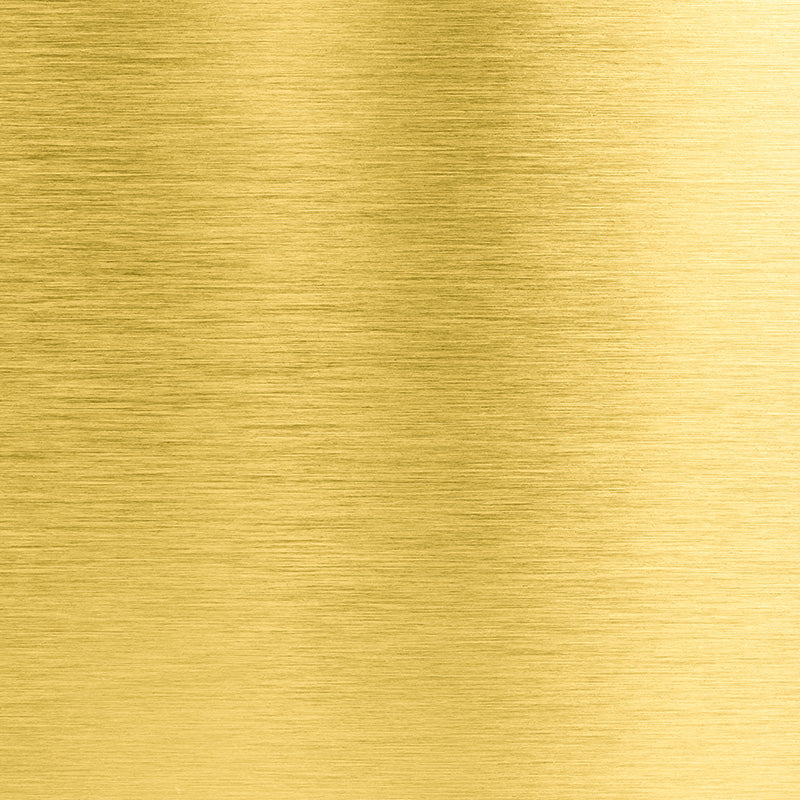
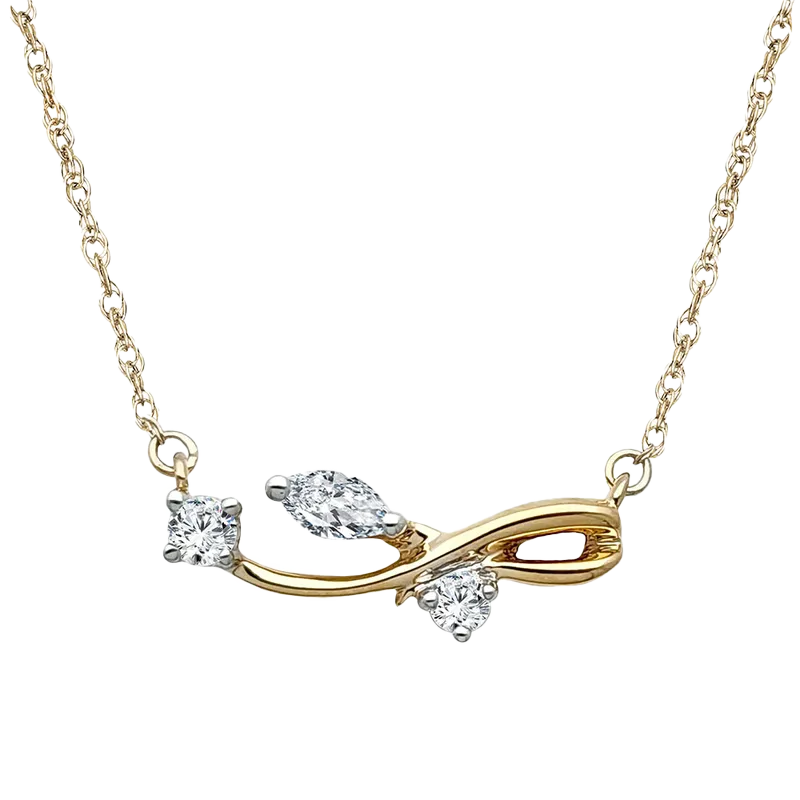

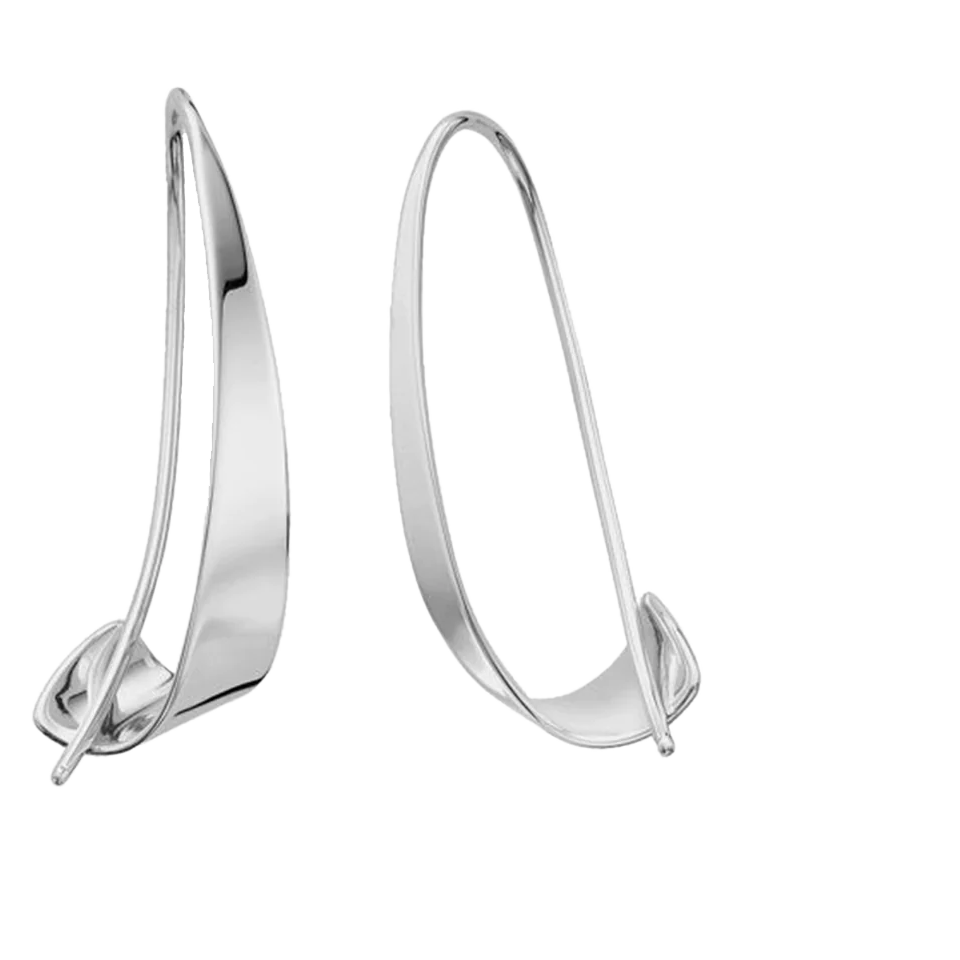
Sterling Silver
Sterling silver is usually 92.5% silver and 7.5% copper. It takes on a much higher polish than any other metal, but it does tarnish. While the tarnish can be removed, silver requires much more care than other metals.
Titanium
Titanium is a light, strong, and corrosion-resistant metal. It is the hardest natural metal on earth and therefore offers more scratch resistance than gold or silver. In addition, titanium is also hypoallergenic.

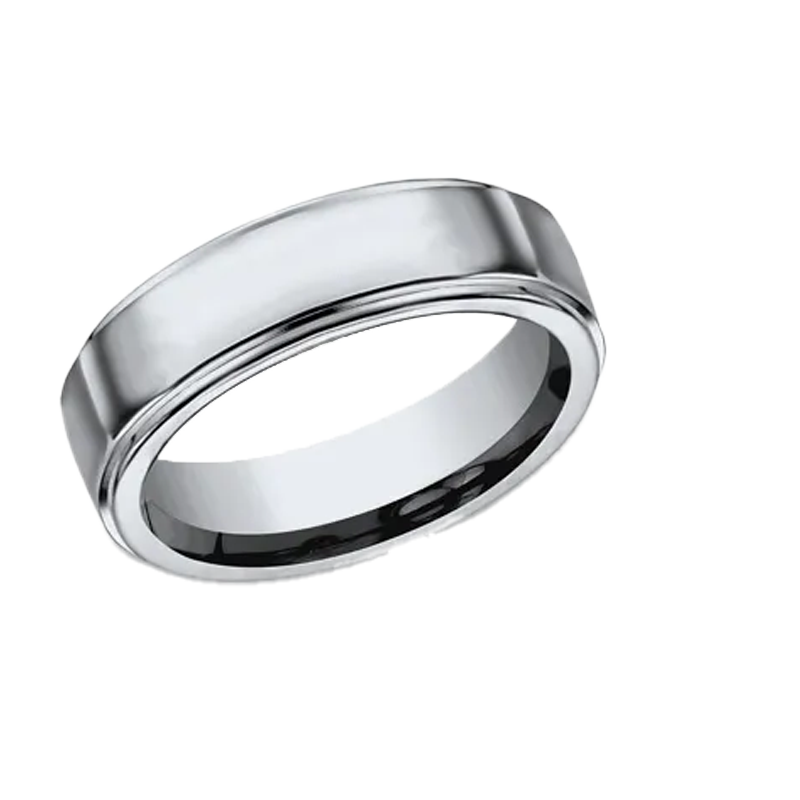
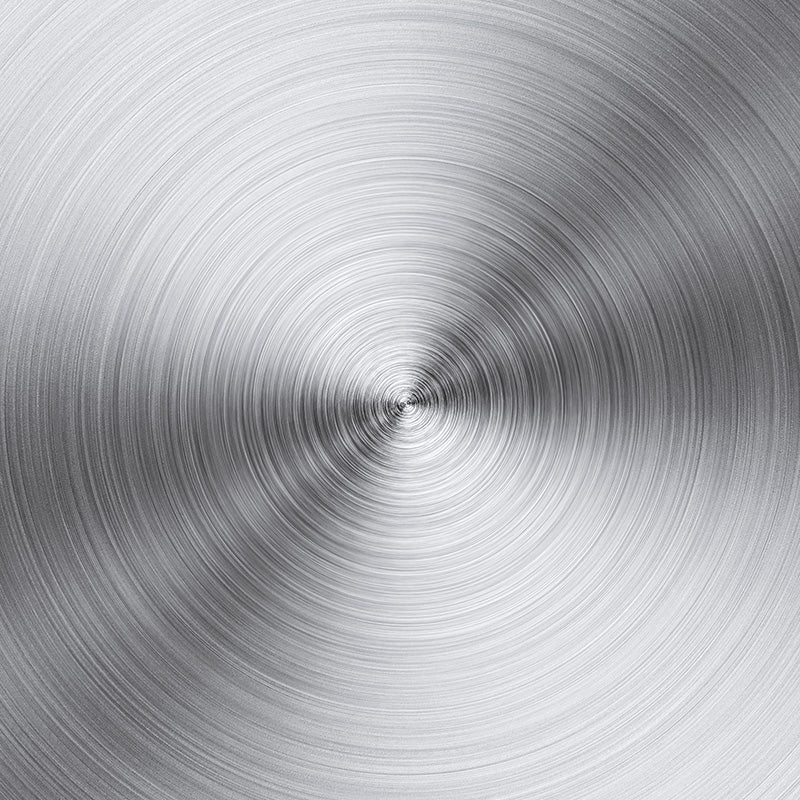
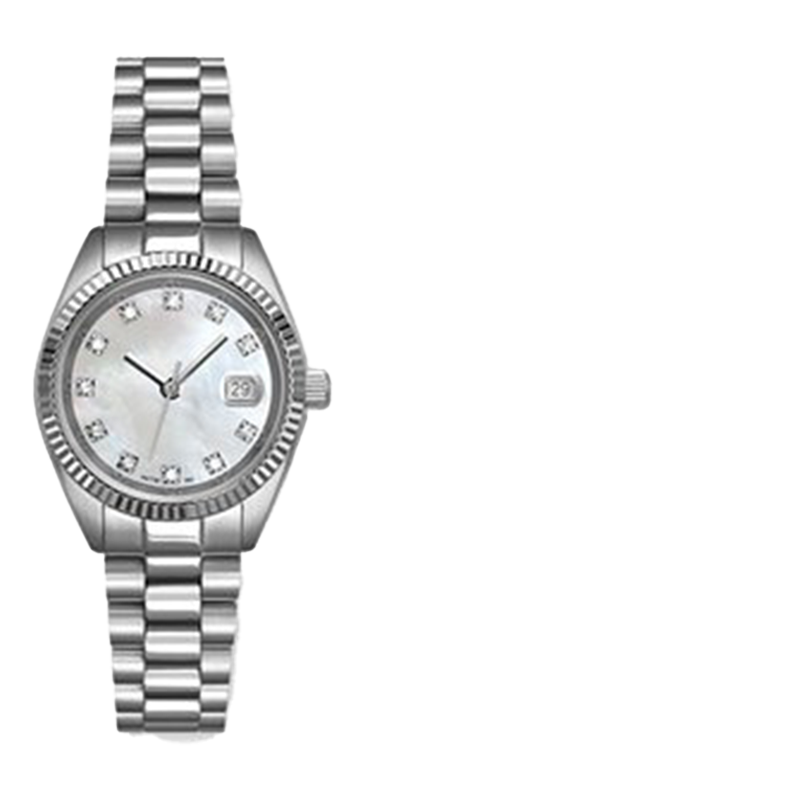
Stainless Steel
Stainless steel is a low cost alternative to traditional metals. It is naturally hypoallergenic and will not rust or tarnish. Stainless Steel will not break or bend under normal usage and is stronger than any other alloy.